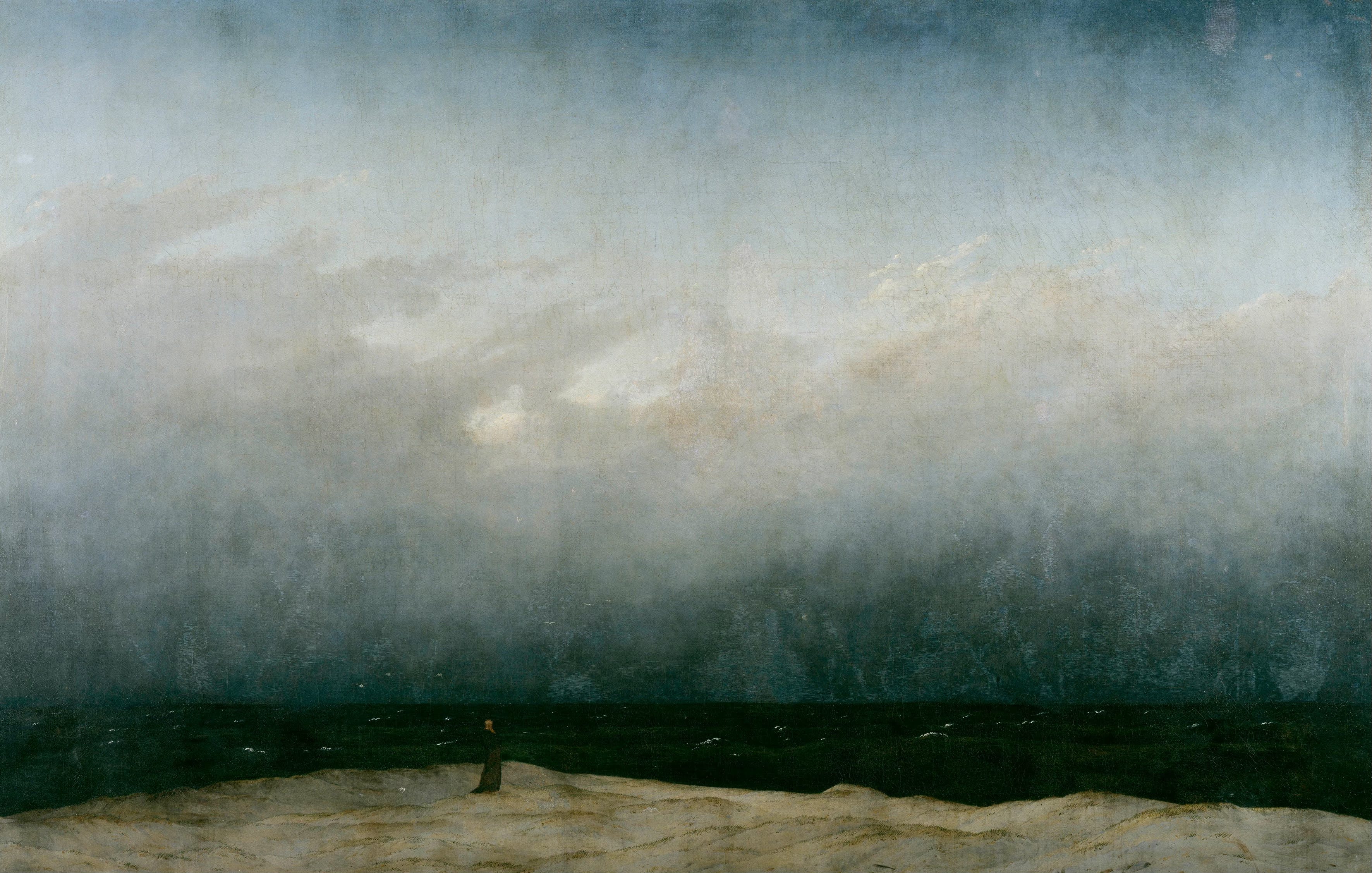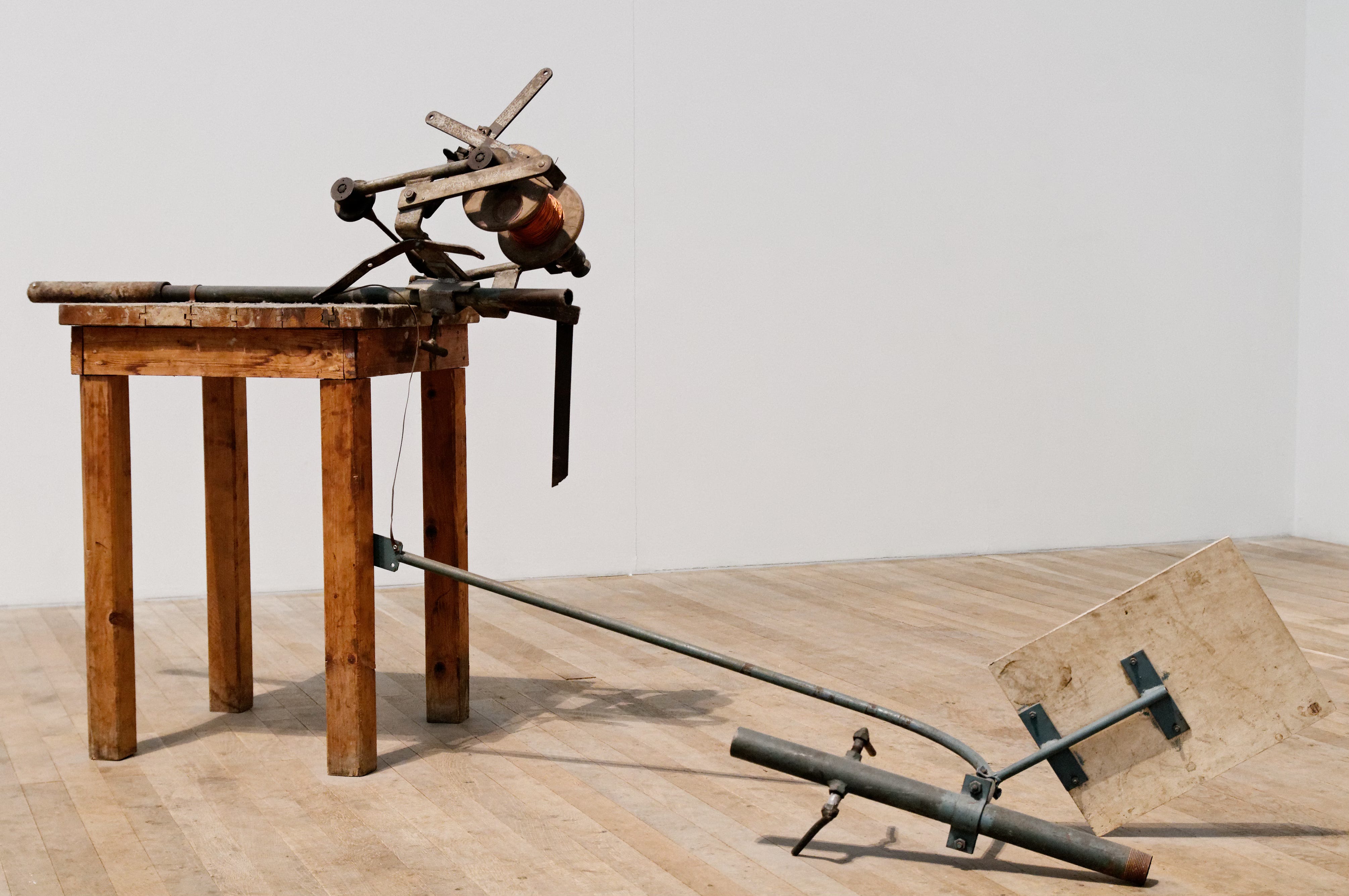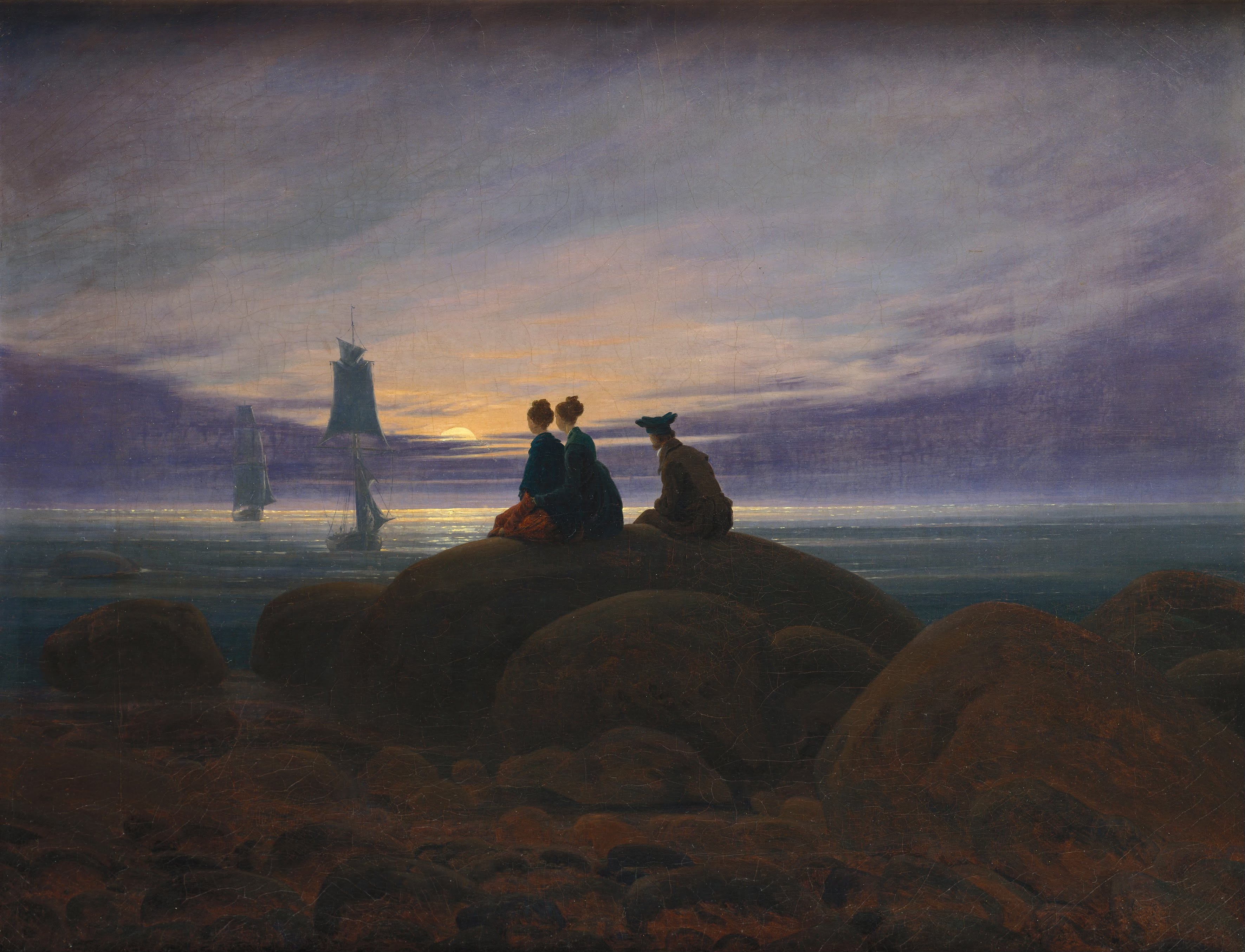Caspar David Friedrich and Joseph Beuys: visionaries united by nature
Friedrich and Beuys, outwardly distinct – one a classic painter, the other a versatile modern artist from different eras – share striking similarities in their artistic essence and themes.

Friedrich and Beuys were pivotal to the zeitgeist of their respective eras, wielding considerable influence. Friedrich was central to the German Romanticism Movement. His paintings visually echo his contemporaries’ sentiments, a soulful response to the Enlightenment’s rationalism. Through his captivating landscapes and depictions of nature’s raw force, he nurtured a sense of wanderlust, an ache for the unexplored. Even today, his work inspires and influences our perception of nature, standing as a timeless advocate for the natural world.
In contrast, Beuys’s art was deeply intertwined with his experiences during and after World War II. His work offered a profound commentary on the tumultuous phases of German history he witnessed: the collapse and subsequent denazification efforts (and the lack thereof), the rearmament of the Bundeswehr, and the economic miracle (Wirtschaftswunder) that led to a bourgeois, nature-detached German society. Beuys, embodying the spirit of the ’68 movement, became a vocal critic of societal developments in his time, a stance that eventually led to his controversial dismissal in 1972 from the Düsseldorf Akademie, where he served as a professor.

Both artists delved deep into themes of mortality, divinity, the human condition, and humanism. Beuys also weaves in elements of social philosophy and anthroposophy. Yet, it was their profound connection with nature that truly defined their artistic endeavours. This connection to the natural world was not just a backdrop but a central driving force of their creative expression.

Friedrich’s oeuvre beautifully articulated the bond between humanity and nature, offering easily relatable and enjoyable visual narratives. Beuys, however, took a different approach, incorporating elements directly from nature into his art. Utilising materials like fat, felt, firs, honey, and hares, he created pieces that were not just born of nature but also stood in contrast to the capitalist consumerism mounting in post-war Germany, which he often critiqued.
Beuys famously stated:
“The future we want must be invented. Otherwise, we will get one that we don’t want.”
He saw the natural world as a crucial ally in this creative process of shaping the future, suggesting that we, too, should actively collaborate with nature to develop the future we truly want.







